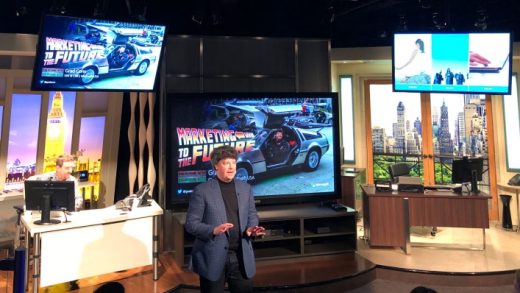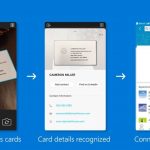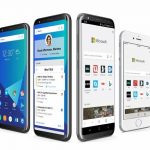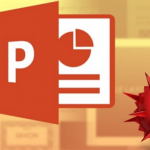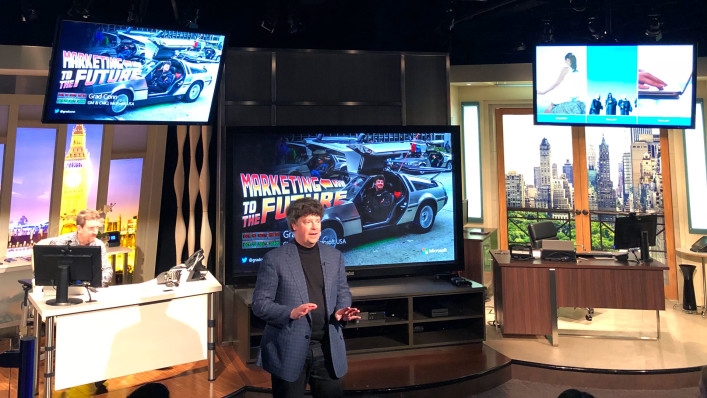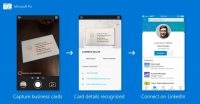What A Microsoft CMO Did (And Didn’t) Learn At Procter & Gamble
Grad Conn has been the general manager and CMO of Microsoft’s U.S. sales organization since 2011. Early in his career, he spent time as a brand manager at Procter & Gamble—a legendary boot camp in consumer marketing that countless other businesspeople have gone through before joining other companies. (Even former Microsoft CEO Steve Ballmer is a P&G graduate.)
During a Fast Company Innovation Festival session hosted by Microsoft at its technology center in Times Square, Conn said that his P&G experience taught him a lot—but that marketing has changed in ways he could never have expected when he helped promote Downy fabric softener.
Conn asked attendees if any of them could explain just how Downy softens fabric. When none of them could do it, he described the 57-year-old product as “a bottle of liquid clay” that keeps cloth fibers separate. “The reason you put Downy in after the wash cycle is because it’s a bottle of dirt—you’re effectively re-dirtying your clothes,” he said.
If P&G marketed Downy in the same way that business-to-business products such as many Microsoft offerings get sold, Conn said, it would try to convince you of the benefits of pouring liquid clay on your clothing. Instead, P&G makes sure that “Downy appeals to people who like to use the laundry as a way to show love to their family,” Conn said. “I put myself in that company.”
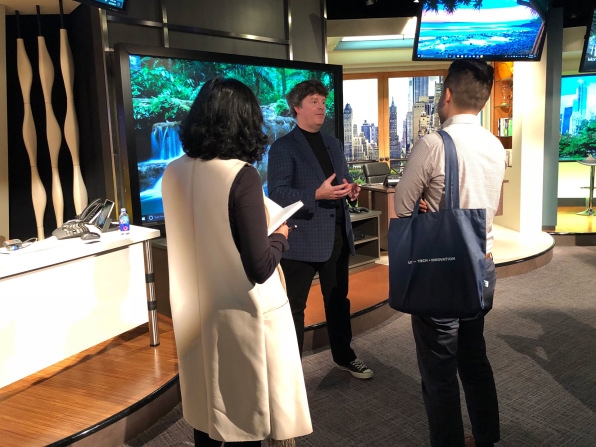
Triggering an emotional response is as important a part of marketing as ever, but in a digital world—in which advertising is a form of technology and everything can be measured—the craft has become more of a science, Conn said. That leads him to tell aspiring marketers to get double majors in college that combine creative and technical aspects: “It’s going to become a requirement of the job.” (Conn himself spent 14 years at startups and Microsoft in non-marketing positions between his P&G years and current position.)
Another thing that’s changed since Conn’s P&G days is that marketing can and must move much faster. Back then, when advertising was television-centric, the company would spend nine months working on a commercial, a pace that he admits it knew was “stupid” even at the time. “The Japanese could pop a supertanker out faster than we could get a 30-second TV spot done,” he lamented.
Today, Conn’s Microsoft team has found great success with a form of ad that it can crank out in about 15 minutes and produces by the hundred—and which, despite that speed and volume, is personalized in a way that TV advertising never is. Essentially a glorified @reply, and applicable to everything from Xbox to Office 365, it’s a Twitter response to an individual that melds text and art into a little lighthearted experience that shows Microsoft cares.
Gaming in the studio sounds like a pretty good idea. #Xbox pic.twitter.com/H5VEP1imGB
— Xbox (@Xbox) October 18, 2017
Conn said that Microsoft monitors millions of social media mentions, but knows it can’t respond to all of them. The company pays particular attention to ones from influencers (because they’re, well, influential) and unhappy campers (because addressing problems can help turn a detractor into a fan). The little ads the company creates are routinely retweeted and liked by large numbers of people; sometimes, they even get written up by news outlets. And in a way, trying to keep up with an era in which vast numbers of people are talking about Microsoft in public nonstop has been freeing. “We don’t even have time to breath between these ads,” Conn said of the company’s tweeted images. “And so we stop being precious with them.”
Fast Company , Read Full Story
(36)

